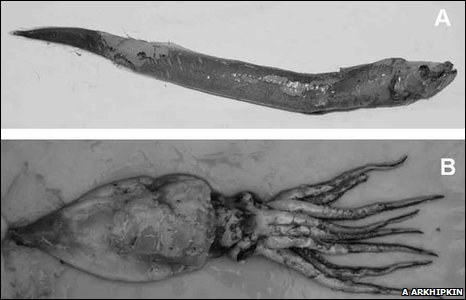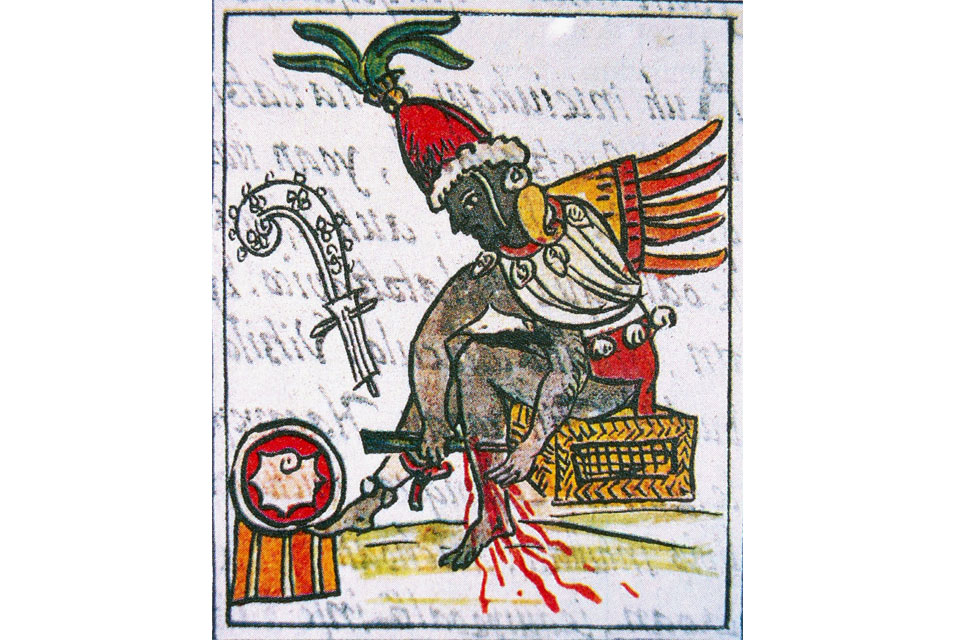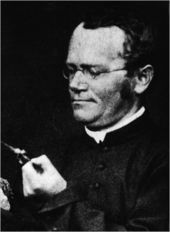
© A.ARKHIPKINDeepwater travellers: A) deepwater slipskin and B) gonate squid
Deep sea fish species found in the north Pacific Ocean have mysteriously been caught in the southwest Atlantic, on the other side of the world.
It is unclear how the animals, a giant rattail grenadier, pelagic eelpout and deep sea squid, travelled so far.
Their discovery 15,000km from their usual home raises the possibility that deep sea currents can transport animals from one polar region to another.
Details are published in the journal
Deep Sea Research part I.
"These findings were completely unexpected," says Dr Alexander Arkhipkin of the Falkland Islands Fisheries Department, based in Stanley, on the Falkland Islands in the southwest Atlantic Ocean.
Since 1987, the Falkland Islands Fisheries Department has performed surveys of fish caught by commercial and research fishing trawlers travelling above the Patagonian Shelf and slope around the islands.
Commercial longline catches of Patagonian toothfish have also been examined.
Recently, these catches have brought to the surface animals previously unknown in the southwest Atlantic.

